F1 Streams
F1 STREAMS Register as Streamer
Introduction to F1 Night Races
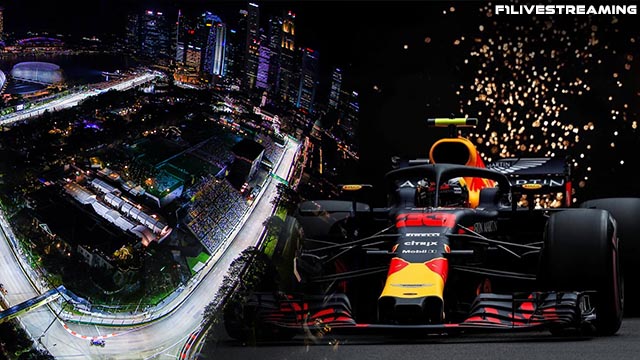
Introduction to F1 Night Races
Formula 1 is synonymous with speed, innovation, and glamour, among its most captivating innovations in recent years is the introduction of night races. This is a cutting-edge technology with breathtaking spectacle. This event was held under dazzling artificial lights and redefined how fans experience motorsports. In this article, you will explore the history, challenges, and allure of Formula 1-night races. The concept of night racing in Formula 1 was first established in 2008 with the Singapore Grand Prix. It was the sport's inaugural night race. Organizers face immense logistical hurdles, blending the thrill of racing with a vibrant urban backdrop. Night races soon gained traction for their ability to cater to a global audience. By hosting events in evening time slots, Formula 1 could broadcast races live to their European viewers part-time. This strategy not only boosted TV ratings but also opened doors to new markets.
Technical Racing After Dark
To host a Grand Prix at night is far more complex than slipping a switch. Team, Drivers, and organizers must be used to these unique conditions:
Lightening System
Modern F1 circuits are using advanced LED lights on their tracks just to replicate daylight conditions. These setups require precision to eliminate shadows and glare. We are ensuring that drivers have clear visibility at speeds exceeding 300km/h. For example, Bahrain’s International Circuit uses 495 towers to illuminate its 5.4-kilometer track.
Track Temperature
Night races often see cooler temperatures than day-time, which affects tire performance. Teams must have strategies to warm the tires and degradation. The asphalt temperature can drop significantly after sunset. This thing adds a layer of unpredictability. As we have seen, in the 2020 Sakhir Grand Prix where Mercedes struggle with tire grip under the lights.
Driver Adaptation
Drivers Contend with altered depth perception and reflections from floodlights. Many opt for specially tinted visors to reduce eye strain. Once Lewis Hamilton marked that racing in the night feels like “Like you are in a video game” emphasizing the real focus required.
Logistical Demands
Organizers must coordinate with local authorities to manage noise curfews, transportation, and energy consumption. Setting up lighting infrastructure also adds complexity to track construction and maintenance.
The Spectacle of Night Races
Beyond technicalities, night races are a feast for the senses. The fusion of high-speed action and visual theatrics creates an unmatched atmosphere. Street circuits like Singapore and Jeddah transform into glowing arenas with skyscrapers and landmarks providing a cinematic backdrop. Pre-race lights and the fireworks amplify the drama and turn that race into a festival. Attending a night race offers a unique vibe. Daytime heats give you cooler evening and it allows fans to enjoy the race comfortably. There are sensory experiences that elevate Formula 1 entertainment value like visual drama, prime-time viewing, and enhanced atmosphere. Formula 1 Night races are more than just technical marvels.
Expanding Global Reach of Formula 1
Night races are playing a pivotal role in growing Formula 1 audience internationally. By aligning start time with European prime time, races in Asia and the Middle East retain viewership in key markets. In addition, races in the place like Singapore and Las Vegas enhance Formula 1 image as a global spectacle. This event attracts celebrities and casual viewers.
Memorable Events under the Lights
Night races have produced some iconic moments in races some of them are given below;
2008 Singapore GP: The first night race marked by “Crashgate” where Nelson Piquet Jr. internationally crashed to aid teammate Fernando Alonso’s victory. You can indulge in 2025 Singapore Grand Prix live stream at F1livestream.best.
2020 Bahrain GP: Romain Grosjean’s miraculous escape from a fiery crash highlighted safety advancements.
2021 Abu Dhabi GP: A controversial finale under lights saw Max Verstappen clinch his first title in the race.
The Future of Night Racing
The 2023 Las Vegas Grand Prix held on a street circuit past midnight, pushed boundaries with its neon-lit spectacle. As Formula 1 expands into new markets, night races will likely remain a staple. Innovations like LED lights which are more energy efficient and hybrid. The powertrains adapted for cooler conditions could shape their evolution. However, debates about sustainability and cost persist, with critics questioning the environmental impact of massive lighting setups.
F1 night races represent the perfect marriage of sport and spectacle. They challenge drivers and engineers while captivating fans with their visual grandeur and strategic depth. From Singapore’s neon-lit streets to Bahrain’s desert oasis, these events have become cornerstones of the F1 calendar, proving that sometimes, the best racing happens after dark. As technology advances and the sport evolves, one thing is certain: the allure of night races will continue to shine brightly in the world of motorsport.

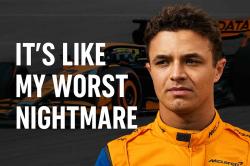
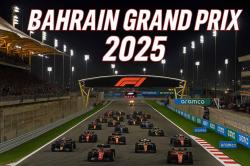
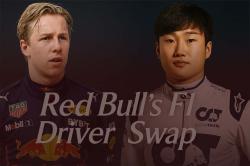
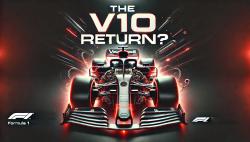

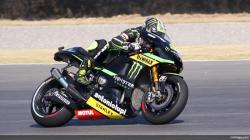
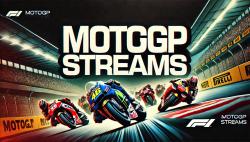
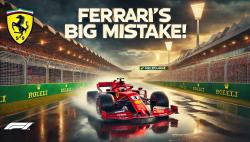
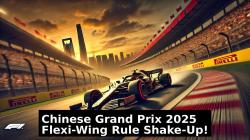
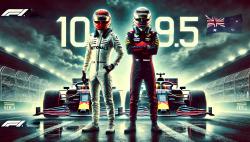
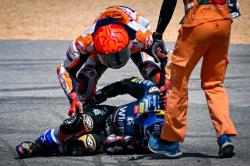

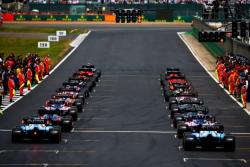
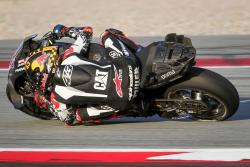
_thumb.jpg)
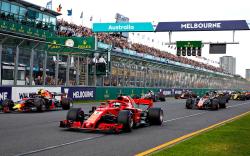
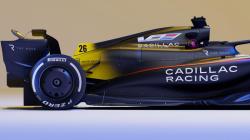
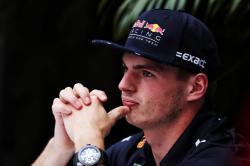

_thumb.jpg)